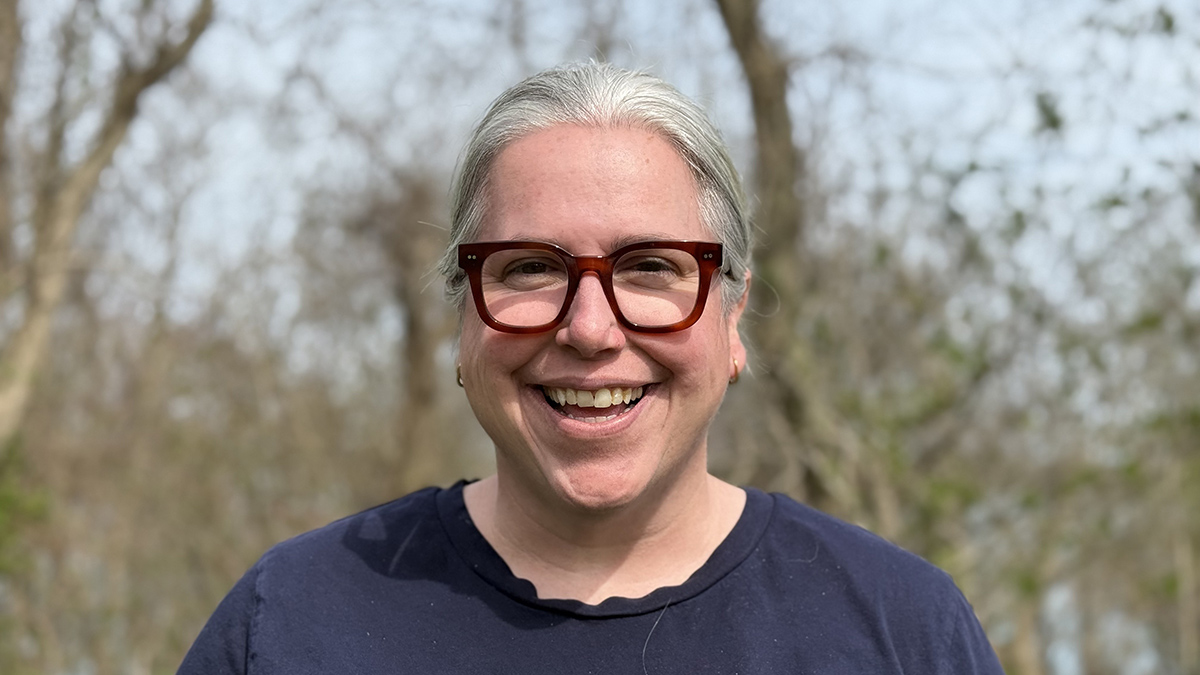As a social scientist, Kate Mulvaney researches the intersection of coastal water quality and human populations and behavior.
“People are affected by environmental problems, and people are ultimately going to have to protect the environment or improve the environment,” she said.
After earning her undergraduate degree in marine biology, Mulvaney joined the U.S. Peace Corps as a coastal management resources volunteer in the Philippines.
“It was an exciting position,” she recalled. “We did a lot of snorkeling, diving, reef surveys, and fish counting—the work that a lot of people dream they’re going to do [as] a marine biologist when they grew up.”
She soon realized that the data she and her team were collecting would be more powerful in the hands of people and communities who could use them to inform and enforce more environmentally conscious practices.
“That’s where I started to springboard into human dimensions work,” she said.
Mulvaney earned a master’s degree in marine affairs, a field at the intersection of marine science and marine policy, after which she took a fellowship at the U.S. State Department. There, she learned more about high-level decisionmaking that affects international ocean treaties and policies, which helped contextualize some of the local impacts she had seen earlier in her career.
“There was this consistent call for more social science data in [the] environmental governance space, but there weren’t very many people doing it.”
Both in small Filipino fishing towns and at the State Department, “there was this consistent call for more social science data in [the] environmental governance space, but there weren’t very many people doing it,” Mulvaney said.
That led her to pursue a doctorate in natural resources social science studying fisheries and climate change on the Great Lakes. Mulvaney joined the U.S. EPA more than a decade ago and was the third social scientist ever hired by EPA’s Office of Research and Development.
Over time, Mulvaney has witnessed other fields increasingly recognize the need to consider the human aspects of environmental science and governance.
“That’s been a slow, slow burn,” she said, but it has been rewarding to see her field become more mainstream within the science community.
She’s also experienced that recognition firsthand. In early January 2025, she became the first EPA social scientist to win the Presidential Early Career Award for Scientists and Engineers.
That acknowledgment “felt like a collective win” for environmental social scientists, she said. “I think it says a lot about the evolution of thinking across disciplines.”
—Kimberly M. S. Cartier (@astrokimcartier.bsky.social), Staff Writer
This profile is part of a special series in our August 2025 issue on science careers.


